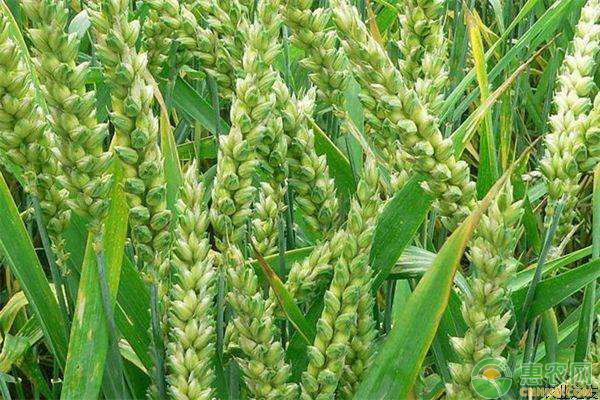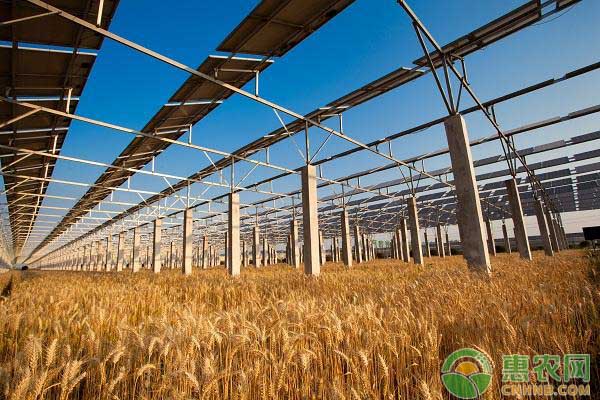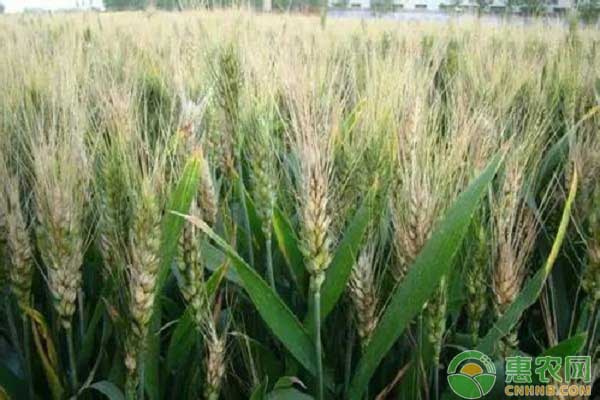Now entering April, it is the high incidence of wheat scab. Wheat scab is a common disease and one of the main diseases. In addition to reducing production, it is more toxic; wheat with such diseases is naturally not sold, so everyone must pay attention. This article will mainly talk about the prevention and control points of wheat scab, so that farmers can make a reference.

The incidence characteristics of wheat scab
The damage caused by scab is very "comprehensive". It can be harmed from seedlings to heading, mainly causing seedling rot, stem base rot, stalk house and ear rot. The most serious damage is ear rot.
1 The seedling rot is caused by the infection of the seed or the diseased body in the soil. At the beginning of the disease, brown buds appear, followed by root rot; according to the severity of the disease, the disease is yellow, thin, and even dead. If the diseased plant is pulled by hand, the decay is easily broken, and the fracture is brown with sticky rotted tissue.
2 Stem rot can also occur from seedling to maturity, leading to browning and rot after the damage of the base tissue of the wheat plant, until the whole plant is dead.
3 stalk rot showed water-stained chlorotic green spots on the leaf sheath at the early stage of the disease, and then expanded to pale brown to reddish-brown irregular plaque lesions can also spread into the stem. When the condition is serious, it causes yellowing of the diseased part, sometimes it is impossible to head or extract the dead yellow ear.
4 The ear rot showed small water-stained pale brown lesions on the spikelets and glume, and then gradually expanded to the whole spikelet, and the spikelet was yellow. And the ear rot is affected by the humidity, and when the humidity is large, there will be a pink glued layer on the lesion. In the late lesions, dense small black spots, that is, ascospore shells. Later, it spreads to the cob, and the diseased part is brown, causing the spikelets above the victim to form dead white ears.
5 The pathogens overwinter with the ascospores, mycelium and conidia on the residues of various host plants, and with their tenacious saprophytic ability, the wheat in the northern region can continue to be in wheat straw, corn stalk, bean straw, rice pile, Survival on plant residues such as valerian. Soil and diseased seeds are also important wintering sites. Ascospores and conidia on diseased bodies and diseased seeds are the main primary sources of infection in the next growing season.
6 Ascospores spread by airflow and wind and rain, and spores germinated on the ears of wheat to produce hyphae, which first spread on the outside of the hulls, and then entered the spikelets through the gaps of the glumes and invaded the anthers. Under humid conditions, the diseased part can produce conidia, which can be re-infested by air and rain.

Prevention and treatment method of wheat scab
1 Field management: Field management is very important. We need to plow in the ground in time to reduce the source of bacteria.
2 choose good varieties: choose resistant varieties, which is conducive to prevention and treatment. Seed selection should be selected for resistant species, appropriate plant height species, consistent heading species, and neat seedlings.
3 Reasonable topdressing: The time for topdressing should be chased in time according to the situation in the field. If the time of topdressing is too late, it will lead to late maturity and prolong the infection period of the bacteria, thus increasing the chance of infection.

4 choose a good medicine: use 12.5% ​​Jinggangmycin wax bud or methyl thiobacteria for prevention and treatment. 12.5% ​​Jinggangmycin wax bud is a product of biosynthesis culture of Bacillus cereus and Jinggangmycin. It can effectively control crop fungal diseases, not only relieve Jinggangmycin resistance, but also improve the control effect, and also has the effect of increasing production. Methyl thiophanate is a class of benzimidazoles, which is a broad-spectrum systemic fungicide with excellent effects. It interferes with the formation of mitotic spindles and affects the cell division of pathogens, thereby achieving a bactericidal effect.
Traditional Chinese medicine standard extract refers to a kind of traditional Chinese medicine product with relatively clear pharmacodynamic material basis and strict quality standard obtained by extracting and processing traditional Chinese medicine with modern science and technology, and can be used as the raw material of traditional Chinese medicine preparation.
The chemical components of the standard extracts of traditional Chinese medicine are a collection of various pharmacological active substances in a specific proportion. It inherits the characteristics of multiple components of traditional Chinese medicine and reflects the specific functions of the original Chinese medicine. No matter as a single medicine or as a compound medicine, it can completely replace the original raw medicine and has incomparable advantages in quality control.
Standardized Extract,Standardized Herbal Extracts,Concentration Extraction,Concentrated Herbal Extract
Shaanxi Zhongyi Kangjian Biotechnology Co.,Ltd , https://www.zyplantextract.com